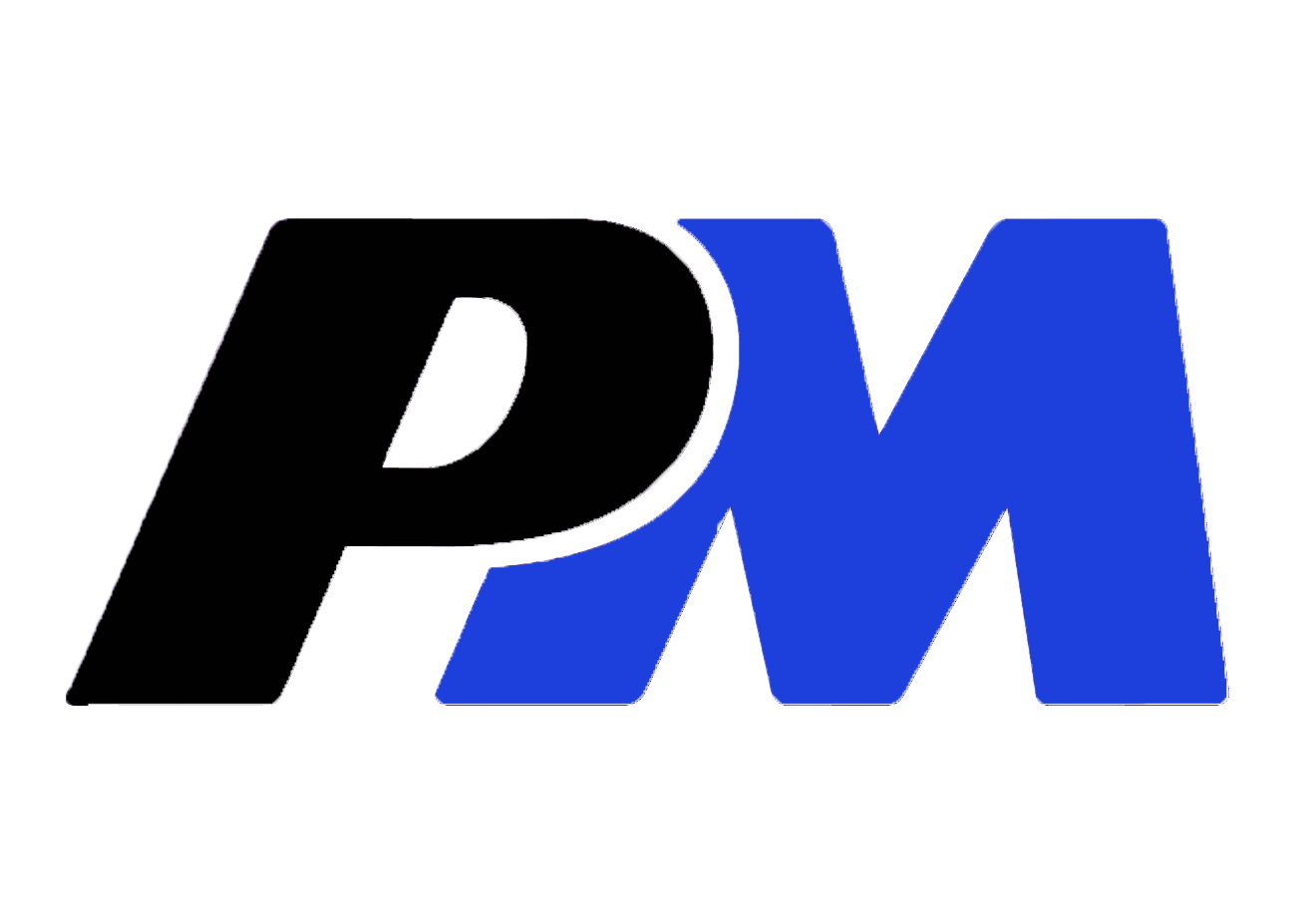|
Let’s think of a final exam of the Project Management Course. It is similar to studying hard and getting an A from the final exam. You are studying to your midterms, have good graded quizzes and homework, and have all those realistic results that convince you that you can actually get an A at the end. In order to come to that successful outcome, you take specific steps t ... Read more » |
|
The critical path method, or CPM, was developed by DuPont, to analyse the process of shutting down plants for maintenance, then restarting them at the end of the maintenance cycle. The process involved in this was so complicated, that the critical path method had to be developed to identify and prioritise the vital activities. Similar to a Gantt chart, the CPM provides a graphical representation of the project, and the times expected to complete each activity. However, the CPM does not fix the start and end times of each activity; rather it is used to determine the activities which fall on the critical path. The critical path is the path where all activities directly follow each other, and hence there is no idle time. As such, the length of the critical path determines the total time taken for the project. The main difference between CPM and the Gantt chart is that ... Read more » |
|
[1]When customers, sponsors and other stakeholders outside an active project team appraise the team or their projects highly, they often adjudge them ba ... Read more » |
|
When starting a project, it is difficult to know how much it will cost. Project managers are held to account for their budget estimates and with so much uncertainty in projects, it can be one of the project managers' greatest challenges. The ability to create an accurate budget is an essential skill for a project manager. It can be a daunting task, especially for new project managers; however, once you have created your first budget, you will have an approach to use, and it will become easier for future projects. Budgeting Basics1 There are two main approaches you can take when creating a budget:
|
|
The Logical Framework Approach (LFA) is an analytical process and set of tools used to support project planning and management. According to the World Bank (2000), &ldquo ... Read more » |
|
|
|
|
|
Project budget management is a process of formally identifying, approving and paying the costs or expenses incurred ... Read more » |
|
Basically, WBS has a necessary role for attaining success in project management because as I mentioned above it serves many advantages whi ... Read more » |
|
Specifically, as a first step, collecting requirements is the procedure that we determine and doc ... Read more » |




 Having whole stages implemented in a nice way does not mean to finish the project in a qualitative way. There is an approach to measure steps, periods, objectives and consequences of the project, and here SMART goals come first to the mind. SMART is an acronym for Specific, Measurable, Agreed upon, Realistic, and Time. It is mostly used to increase the chances of being effective at the project. Besides, it is always implemented after the project scope has been defined.
Having whole stages implemented in a nice way does not mean to finish the project in a qualitative way. There is an approach to measure steps, periods, objectives and consequences of the project, and here SMART goals come first to the mind. SMART is an acronym for Specific, Measurable, Agreed upon, Realistic, and Time. It is mostly used to increase the chances of being effective at the project. Besides, it is always implemented after the project scope has been defined.
 Considering life, time is a unit of measurement since all events occur within its intervals. In fact, no two recurrent activities in history can be absolutely described without due reference to it. For instance, when intercontinental events such as the Olympics, Fédération Internationale de Football Association (FIFA) world cup and Wimbledon are occur repeatedly in the same location, they are mainly referenced based on their years or dates of occurrence. Again, time is generally an independent resource which we spend and can never retrieve –we can only attempt to compensate for it presently or in future. Therefore, in achieving project objectives and producing deliverables, time is a critical constraint to which all human resource must be sensitive.
Considering life, time is a unit of measurement since all events occur within its intervals. In fact, no two recurrent activities in history can be absolutely described without due reference to it. For instance, when intercontinental events such as the Olympics, Fédération Internationale de Football Association (FIFA) world cup and Wimbledon are occur repeatedly in the same location, they are mainly referenced based on their years or dates of occurrence. Again, time is generally an independent resource which we spend and can never retrieve –we can only attempt to compensate for it presently or in future. Therefore, in achieving project objectives and producing deliverables, time is a critical constraint to which all human resource must be sensitive. Creating a Project Budget: What You Need to Know
Creating a Project Budget: What You Need to Know The Logical Framework Approach (LFA) is a highly effective strategic planning and project management methodology with wide application. It is particularly valuable for water management and sanitation projects, especially because water ― the resource base ― has diverse and competing uses. It comprises an integrated package of tools for analysing and solving planning problems and for designing and managing their solutions (the approach). The product of this analytical approach is the logframe (the matrix), which summarises what the project intends to do and how, what the key assumptions are, and how outputs and outcomes will be monitored and evaluated.
The Logical Framework Approach (LFA) is a highly effective strategic planning and project management methodology with wide application. It is particularly valuable for water management and sanitation projects, especially because water ― the resource base ― has diverse and competing uses. It comprises an integrated package of tools for analysing and solving planning problems and for designing and managing their solutions (the approach). The product of this analytical approach is the logframe (the matrix), which summarises what the project intends to do and how, what the key assumptions are, and how outputs and outcomes will be monitored and evaluated. A functional organization is one where the functional managers have all the power. Here's an example: most software companies have the programmers reporting to a development manager, who is responsible for hiring/firing, reviews, salaries, and also assigning work to the developers. There's often someone with the title "project manager", but this person really only takes down notes at status meetings and does bookkeeping -- but has no actual authority to plan projects, assign work or manage changes. We call that role a project expeditor, and the person filling that role usually reports directly to the functional manager. Any power he or she has is explicitly delegated. All project management decisions need to be cleared with the functional manager, and the only "project management" tasks are simple administrative work. From the perspective of the PMP exam, this
A functional organization is one where the functional managers have all the power. Here's an example: most software companies have the programmers reporting to a development manager, who is responsible for hiring/firing, reviews, salaries, and also assigning work to the developers. There's often someone with the title "project manager", but this person really only takes down notes at status meetings and does bookkeeping -- but has no actual authority to plan projects, assign work or manage changes. We call that role a project expeditor, and the person filling that role usually reports directly to the functional manager. Any power he or she has is explicitly delegated. All project management decisions need to be cleared with the functional manager, and the only "project management" tasks are simple administrative work. From the perspective of the PMP exam, this
 Once you have a complete understanding and appreciation of your project requirements,
Once you have a complete understanding and appreciation of your project requirements, Having a thorough budget the project manager can make better decisions regarding the constraints (time, cost and scope) to successfully complete the project while satisfying stakeholders’ needs and understanding the implications on the PM schedule and resource allocation. For example, the project budget helps determine what the scope items should be included in the PM plan and which items should be removed from this document. Alternatively, if one of the key constraints is to complete a project before a specified date, then the project budget will help you determine the degree of schedule crashing permitted so that you can deliver the project on-time.
Having a thorough budget the project manager can make better decisions regarding the constraints (time, cost and scope) to successfully complete the project while satisfying stakeholders’ needs and understanding the implications on the PM schedule and resource allocation. For example, the project budget helps determine what the scope items should be included in the PM plan and which items should be removed from this document. Alternatively, if one of the key constraints is to complete a project before a specified date, then the project budget will help you determine the degree of schedule crashing permitted so that you can deliver the project on-time. Work breakdown structure (or WBS) is a hierarchical tree structure that outlines your project and breaks it down into smaller, more manageable portions. The goal of a WBS is to make a large project more manageable. Breaking it down into smaller chunks means work can be done simultaneously by different team members, leading to better team productivity and easier project management overall1. Creating WBS enables to have accurate assignments of responsibilities to the project team, it indicates of project milestones and control points, allows to estimate the cost, time and risk, and also, illustrates the project scope.
Work breakdown structure (or WBS) is a hierarchical tree structure that outlines your project and breaks it down into smaller, more manageable portions. The goal of a WBS is to make a large project more manageable. Breaking it down into smaller chunks means work can be done simultaneously by different team members, leading to better team productivity and easier project management overall1. Creating WBS enables to have accurate assignments of responsibilities to the project team, it indicates of project milestones and control points, allows to estimate the cost, time and risk, and also, illustrates the project scope. To begin with, scope management initially compasses establishing the scope plan which illustrates how the scope of the project will be defined and conducted throughout the project processes. This involves the project manager, the project sponsor, the project team members, the selected stakeholders, and also others who are accountable for any of the scope management processes. In order to create the scope plan, the processes basically include the collecting requirements, defining scope, and creating work breakdown structure (abbreviated WBS). The main input to this process is the project charter, and the two main outputs are the scope plan itself and the requirements management plan.1
To begin with, scope management initially compasses establishing the scope plan which illustrates how the scope of the project will be defined and conducted throughout the project processes. This involves the project manager, the project sponsor, the project team members, the selected stakeholders, and also others who are accountable for any of the scope management processes. In order to create the scope plan, the processes basically include the collecting requirements, defining scope, and creating work breakdown structure (abbreviated WBS). The main input to this process is the project charter, and the two main outputs are the scope plan itself and the requirements management plan.1